Over the past few years, surveys conducted by IGDA have revealed a rising number of female game developers. Since 2009, the number of female developers has doubled, but women still only represent approximately 22% of game designers, woefully low numbers compared to data that indicates women make up half the players, and despite a rising number of female characters, games are still, by and large, dominated by men. Just look at any list of best characters in games, for instance; you’ll find lists of the most badass women, or favorite female characters, but look for similar lists dedicated to only men, and instead you’ll find only best characters, best heroes, best villains. Men remain the default, women are extras, and there aren’t many lists of queer or trans characters, because, well, there just aren’t always enough to populate a list.
But this is old stuff; if you’re here, you know it. If you play games at all, you know it. Lately, though, I’ve been thinking a step beyond, not only about those women who populate the best female character lists, but also about who made those characters. Most of gaming’s best female characters have been designed not by women, but by men. Teams of men, in fact, from lead designers to artists to writers and on and on. Men are responsible for some of the strongest women in gaming. We know that, too. The question is: does it make a difference? And if so, what kind of difference?
More obvious information: video games are fast becoming a major pillar of entertainment, and thanks to the popularity of streamers and game-based entertainment, games are become foundations of culture in all new ways. Instead of cartoons, kids are tuning in to see Stampy Cat or DanTDM, and as they grow, other streamers, playing more than just Minecraft and similar games. The cultural impact, then, of game worlds and game characters, cannot be ignored. But what might it mean when most of those games — and more specifically, most of the women in those games — are made by men?
I want to skip the obvious here; I’m not talking about Quiet, the women in fighting games, or gratuitous examples like Dragon’s Crown or DoA: Extreme Beach Volleyball. I’m not even thinking specifically about the women in the Resident Evil franchise, many of whom are quite improperly dressed for apocalyptic conditions. Instead, what about the women who aren’t overtly sexualized? Further, the women, like Jade in Beyond Good and Evil, who were supposed to have been all about subverting the norm in games? Any number of strong, pseudo-realistic, or otherwise interesting female character in games were designed primarily, even solely, by men. What does that mean for the characters? What does that mean for us, the players?
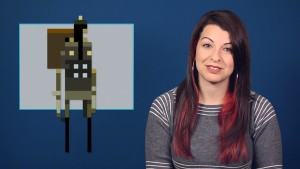 I’ve been thinking a lot about these kinds female characters. The young women, like Clementine in The Walking Dead, and Ellie in The Last of Us. Jade, as above, and Jodie, in Beyond: Two Souls. Classics like Samus. The Scythian, from Sword & Sorcery, plucked out as a good example by Anita Sarkeesian. Anya Stroud in Gears of War. The main character in Her Story. Alyx Vance from Half-Life. Max and Chloe in Life Is Strange (and, for that matter, Nilin in Remember Me). The women of State of Decay. Samus, and other Japanese characters, are different, though, because not only are we looking at women created by men, but when we consider female characters like Lightning, Yuna, Samus, Quiet, and Bayonetta, we’re also considering cultural and regional differences and more, not just the gender of the creators (something also to consider when we think about French versus American or Canadian developers, as I’ll get into below). But with the others, as a member of the presumed audience (there’s something to enjoy in all those games), I’m free, I think, to take the characters as presented, to consider what it might mean to have largely male design teams behind the creation of these characters.
I’ve been thinking a lot about these kinds female characters. The young women, like Clementine in The Walking Dead, and Ellie in The Last of Us. Jade, as above, and Jodie, in Beyond: Two Souls. Classics like Samus. The Scythian, from Sword & Sorcery, plucked out as a good example by Anita Sarkeesian. Anya Stroud in Gears of War. The main character in Her Story. Alyx Vance from Half-Life. Max and Chloe in Life Is Strange (and, for that matter, Nilin in Remember Me). The women of State of Decay. Samus, and other Japanese characters, are different, though, because not only are we looking at women created by men, but when we consider female characters like Lightning, Yuna, Samus, Quiet, and Bayonetta, we’re also considering cultural and regional differences and more, not just the gender of the creators (something also to consider when we think about French versus American or Canadian developers, as I’ll get into below). But with the others, as a member of the presumed audience (there’s something to enjoy in all those games), I’m free, I think, to take the characters as presented, to consider what it might mean to have largely male design teams behind the creation of these characters.
Don’t get me wrong — I’m not trying to diminish the other factors that go into creation, like audience targeting, marketing concerns, story, world creation, etc. But I do think we need to take a moment to consider the women created by men, and how many of them are either our staple heroines of gaming, like Jade, like Samus. Others, like the women of Life Is Strange, like Hannah in Her Story, are seen as examples of women-centric storytelling… and they are stories told by men.
There’s nothing wrong with men writing stories about women; there’s a long literary and cinematic tradition of wonderful female characters created by men. But while we can (and should) compare games to other forms of storytelling in many ways, we must also recognize the ways in which those forms are very different. Characters in games are visually rendered, unlike in novels, and are embodied and experienced differently than in film, particularly when considering playable game characters. Thus, there are some different standards when considering games, but also, much of what I’m going to say here may be a consideration for these other forms as well.
A number of studies have demonstrated that men see women differently than they do men (and vice versa), and men also have particular mental images of ideal women. This is where regional differences really come in; perceptions of the ideal female form differ the world over. Since media creators aren’t usually in the business of creating ugly, or even average characters, particularly when it comes to women, these factors should be evaluated against constructed fictional female bodies. Perhaps more telling, though, are the studies that reveal the ease with which the brain, particularly the socialized male brain, can reduce women to objects. Images of women’s bodies – as with, say, a video game, that frequently focuses on women’s bodies even when not setting out to overtly sexualize them (see: Remember Me) – “evokes less activity in areas of the brain responsible for mental state attribution—that is, the area of the brain that becomes active when we think we are looking at an entity capable of thought and planned action” (Mina Cikara’s work, referenced here). That is, we are trained to separate a woman’s body from her humanity, or at least not to see her humanity when considering her body. Building on that research, others have suggested that it isn’t necessarily that we reduce women to objects upon sight of bodies, but instead that we might stop thinking of them as rational, thinking beings and instead as beings capable of only feeling. Images of bodies, that is, can change the way we perceive women.
This is particularly important in that notion of the constructed body, because not only does the body, once constructed, evoke a particular response, but those tendencies may already be part of the mind that is performing the construction. It’s a loop; here is a body divorced from personality — a concept created by a designer, brought to life in stages by artists, writers, actors, more — and put onto a screen to evoke certain feelings, and then once those bodies are in the world, we can observe player and observer comments about the bodies of the female characters in ways that are rarely replicated for male characters. For example, prior to and right after the release of Dragon’s Crown, discussions about which of the female characters might be both more effective and which were more attractive, with frank chat about breasts and bodies, were common (example 1, 2, 3, 4), whereas discussions of the male characters tended to stick to abilities more than looks. Is this due to a primarily male audience for the game, or due to the kinds of responses detailed in the studies above? Certainly that isn’t unique to games, either; conversations about presumptive Democratic presidential nominee Hillary Clinton also often turn to her hair, her clothes, as conversations about male politicians do not, and that’s in keeping with the first study. Men see women differently. In much of the world, they are socialized to do so.
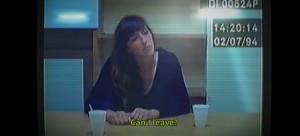 This often comes out in games scholarship and criticism in regard to hypersexualized characters, or characters that fit easily into tropes. We give the other characters a pass. But is the blank slate of the Scythian really a positive representation? We think of Her Story as a woman-centered narrative, but much of the dramatic tension of the story told is/was driven by interactions with men. What’s more is that the character actions are driven so frequently by emotion. Are we supposed to read part of that game’s presentation of character as cold and calculating — particularly at the “end” — or do we see instead women driven to extremes of emotional action?
This often comes out in games scholarship and criticism in regard to hypersexualized characters, or characters that fit easily into tropes. We give the other characters a pass. But is the blank slate of the Scythian really a positive representation? We think of Her Story as a woman-centered narrative, but much of the dramatic tension of the story told is/was driven by interactions with men. What’s more is that the character actions are driven so frequently by emotion. Are we supposed to read part of that game’s presentation of character as cold and calculating — particularly at the “end” — or do we see instead women driven to extremes of emotional action?
I want to say again that I like these games. Her Story, in fact, is one of my favorites from the past couple of years. Alyx Vance makes other AI companions look terrible. Beyond: Two Souls is criminally underrated in my opinion, and I love Jodie’s development. Life Is Strange includes some stunning twists and makes great use of choice-based narrative possibilities. But a small part of me still wonders what we would see if there were more women involved in creation at all levels. How these women would have been shaped. Would they, and their stories, have been the same?
The games here with female leads, too, are often simpler in execution. Combat may be simplified, or completely absent, or hinge mainly on hiding and avoidance, but not in the same vein as found in stealth action games. Moments that rely on more active gameplay — I’m thinking here about some specific moments in Life Is Strange, and in Beyond — may just not be as responsive as in other games. I mention this because these are also criticisms often leveled at “girl” games (licensed games, games based on domestic tasks, etc.), which often suffer from a distinct lack of polish. Too, games led by female characters don’t often bring in the highest review scores. Bayonetta and its sequel are exceptions. Portal 2 as well. But on the Xbox One and PS4, you won’t find games led specifically by female protagonists until 85-86%. And as much as I love Portal, and the dynamic between Chell and GLaDOS, the former is something of a blank slate and the latter is not human. Bayonetta is her own rabbit hole; is she empowered, or sexualized? Can a constructed figure of a woman, designed to be highly sexual, be empowered?
In the end, there are a number of factors at play here. So it always is with games; we must consider player experience, mechanics, visuals, code, teams, audience, etc., all factors converging to create an experience that, in the end, may not be the same from player to player. But as games gain even more cultural cachet, I think we must be cognizant not only of what is being created, but by whom, and when, and where, and how, and consider how those things intersect to create what we see an embody onscreen.

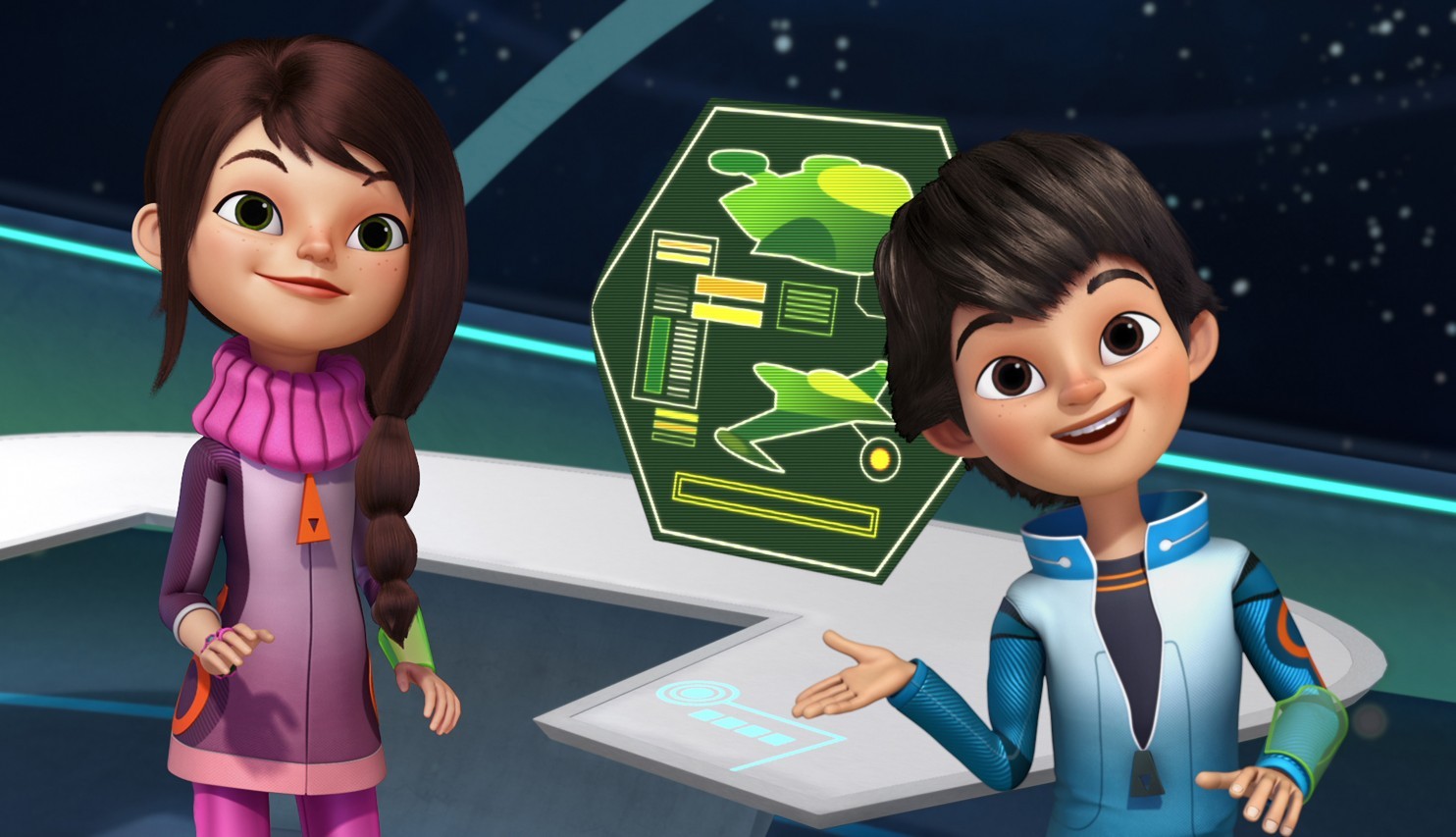
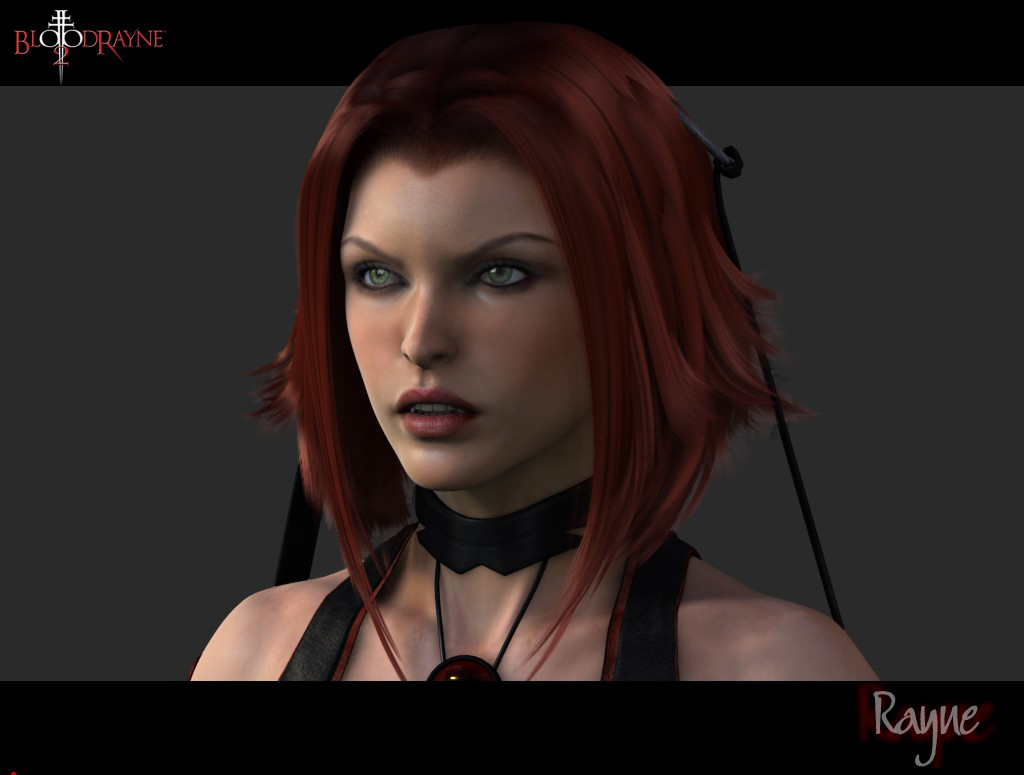
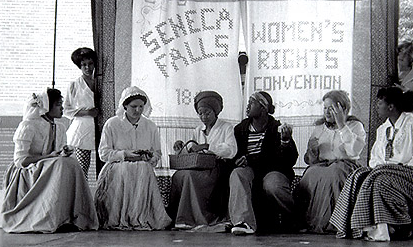

2 thoughts on “Men Creating Women”
Ok so normally i just read and wonder if this is a good thing to be worrying about but i think this might be time to post a comment. Heck i probably barking up the wrong tree if so ignore or just plain delete it
I still don’t understand the problem, but i kinda understand the reasoning and the criticism of sexualized characters. Example soulcalibur original had reasonable costumes (debatable on who u ask) then by the sequel the through it out the window and thought skimpy is better. (source https://gomakemeasandwich.wordpress.com/ and Soul caliber wiki)
Dead or alive’s games seem to always have been sexy costumes plus special predictable tournament. (source DOA wiki gallery Page of kasumi, Tina, lei fang and ayane) heck you could argue Ninja Gaiden and doa are one in the same now since a good chunk canon is shared between the two.
Dragon’s crown is a weird case because the company Vanillaware also developed GrimGrimoire (with help from Nippon Ichi), Odin Sphere, Kumatanchi (with help from Ashinaga Oji-san but is a Japan only title) Muramasa: The Demon Blade YMMV on that game Grand Knights History(which was Japan only release again) so they do know the true anatomy of human sizes they just chose not to specifically for dragon’s crown i guess (source *sigh* Wikipedia yeah it was that or game faq or a wiki page)
So you believe that there will be less hypersexualized characters if there were more female developers? as well as deeper more emotional storytelling?
Even though there are games that don’t have them but still get ignored or talked less about. (or people say they don’t count because it is a option )
Oh and Resident Evil….. Normally I would agree but from what I can tell it seems to boil down to who’s directing/producing at the time equal to what they were cause
Jill 2 default costumes are seen as problematic RE3 and RE5
Ada hahahaha i can’t defend any of the costumes with a straight face
Clare 2 default costumes are seen as problematic out of 4 (if you include the movie)
Rebeca default but everyone has beef with unlockables
Sheva hmm is this supposed to be a mean gag as i just notice on clare’s first appearance she was in shorts/spats combo and sheva got rolled the combats but top cleavage
Rachel uh Ditto ^
Gina uh Ditto Ditto^
Helena uh Ditto Ditto Ditto^
Sherry i guess they finally got your memo ?
And they did a ok job with resident evil outbreak file 1 and 2 and the stage play
Extra unlock able costumes though i can’t defend what so ever but again they are optional and sometimes require a guide to unlock ?
Where do you draw the line on what you believe as women contributions to a game do voice actress, illustrators and composers not count ?
Licensed games and girl games debacle.
I have no bloody clue when this all kicked off so by all means tell me to fuck off and say I don’t know what you’ve been through but, didn’t this all kick off when people wanted to re define what it meant to be a gamer. (full disclosure idk personally but i know it’s always a touchy subject) example Dinner dash games used to be called strategy and Business Simulations but are now labeled as casual as well.
Games within your 85-86% on metacritic
Tomb Raider (2013 video game)
Amnesia: The Dark Descent
Rise of the Tomb Raider
FINAL FANTASY X-II
Silent Hill 3
Alien Isolation
Perfect Dark
Lara Croft and the Guardian of Light
The Longest Journey
Castlevania: Order of Ecclesia
Jeanne d’Arc (video game)
Eternal Darkness
Tomb Raider II
Tomb Raider (1996 video game)
Panzer Dragoon Orta
The Operative: No One Lives Forever
No One Lives Forever 2: A Spy in H.A.R.M.’s Way
Shantae: Risky’s Revenge
Shantae and the Pirate’s Curse
Dino Crisis 2
Mighty Switch Force! Hyper Drive Edition
Games with Overwhelmingly Positive on steam still within 85-86%
Hyperdimension Neptunia Re;Birth 3: V Generation
Hyperdimension Neptunia Re;Birth 1
Amnesia™: Memories
Portal
Portal 2
Tomb Raider (2013)
Life Is Strange
Recettear: An Item Shop’s Tale
Super House of Dead Ninjas
Transistor
Freedom Planet
Princess Remedy in a World of Hurt
Crypt of the NecroDancer
Fran Bow
Momodora: Reverie Under the Moonlight
Rabi-Ribi
Games that are very Positive on steam but still in the 85-86% range
Freddi Fish: The Case of the Missing Kelp Seeds
Freddi Fish 2: The Case of The Haunted Schoolhouse
Freddi Fish 3: The Case of the Stolen Conch Shell
Syberia
Syberia II (GOG)
Still Life (GOG)
The Blackwell Legacy
Blackwell Unbound
NyxQuest: Kindred Spirits
Abyss: The Wraiths of Eden
9 Clues: The Secret of Serpent Creek
Hyperdimension Neptunia Re;Birth 1
Nightmares from the Deep: The Cursed Heart
Mushihimesama
Hyperdimension Neptunia Re;Birth 2: Sisters Generation
Anna’s Quest
Hyperdevotion Noire: Goddess Black Heart
Idol Magical Girl Chiru Chiru Michiru Part 1
Hyperdimension Neptunia U: Action Unleashed
Tomb Raider (GOG)
Tomb Raider III: Adventures of Lara Croft (GOG)
Tomb Raider II starring Lara Croft (GOG)
Tomb Raider IV: The Last Revelation (GOG)
The Longest Journey (GOG)
Beyond Good & Evil (GOG)
Tomb Raider: Legend
Dreamfall: The Longest Journey
Tomb Raider: Anniversary
Mirror’s Edge
King’s Bounty: Armored Princess
Lara Croft and the Guardian of Light
Broken Sword: Director’s Cut
Alice: Madness Returns
Resident Evil: Revelations (Jill Valentine as primary protagonist)
Remember Me
Child of Light
BioShock Infinite: Burial at Sea – Episode Two (Requires BioShock Infinite)
Alien Isolation
Gurumin: A Monstrous Adventure
Mighty Switch Force! Hyper Drive Edition
Homeworld: Remastered
Rise of the Tomb Raider
Resident Evil 0 HD Remaster
Aquaria
Blackwell Convergence
Date Warp
GundeadliGne
Gundemonium Recollection
Hitogata Happa
Defy Gravity Extended
Blackwell Deception
Sanctum
Fairy Bloom Freesia
Fortune Summoners
eXceed 2nd – Vampire REX
eXceed Jade Penetrate Black Package
Dark Arcana: The Carnival
Nightmares from the Deep: The Cursed Heart
The Cat Lady (GOG)
Hatoful Boyfriend Holiday Star
They Bleed Pixels
Edna & Harvey: Harvey’s New Eyes
Magical Diary
Cherry Tree High Comedy Club
Cinders
Long Live The Queen
Analogue: A Hate Story
MURI
Bleed
Ittle Dew (GOG)
Shelter
Beast Boxing Turbo
Clockwork Tales: Of Glass and Ink
Time Mysteries: The Final Enigma
Enigmatis: The Mists of Ravenwood
9 Clues: The Secret of Serpent Creek
Slender: The Arrival
Eldritch (Female by default)
Eryi’s Action
Giana Sisters: Twisted Dreams – Rise of the Owlverlord (GOG)
Contrast
Cognition: An Erica Reed Thriller (GOG)
Nightmares from the Deep: The Siren’s Call
Memoria
The Royal Trap
Hate Plus
Gun Wings
Lili: Child of Geos
Suguri
QP Shooting – Dangerous!!
Roundabout
Skyborn
Shantae: Risky’s Revenge – Director’s Cut
Melody’s Escape
Dandelion – Wishes brought to you –
Nameless ~The One Thing You Must Recall ~
Run or Die
Cloudbuilt
Momodora III
Ninja Pizza Girl
Shantae and the Pirate’s Curse
The Blackwell Epiphany
Grim Legends 2: Song of the Dark Swan
Grim Legends: The Forsaken Bride
Nearwood – Collector’s Edition
Gray Matter (GOG)
Heroine’s Quest: The Herald of Ragnarok
J.U.L.I.A.: Among the Stars
Wings of Vi
Battle Group 2
Winged Sakura: Mindy’s Arc
100% Orange Juice
how do you Do It?
Without Within
Hatoful Boyfriend
Fault Milestone One
Lemma
Jotun
Sayonara UmiharaKawase
Space Pilgrim Episode I: Alpha Centauri
Shelter 2
Gravity Ghost
UBERMOSH
Spooky Cats
Sound of Drop – fall into poison-
Her Story
Silver Creek Falls: Chapter 1
The Men of Yoshiwara: Kikuya
Forward to the Sky
Pink Heaven
Dreaming Sarah
MechaNika
Moonchild
Black Closet
Seduce Me the Otome
Sakura Fantasy
Brilliant Shadows – Part One of the Book of Gray Magic
Khimera: Destroy all Monster Girls
Oxenfree
Epistory – Typing Chronicles
Space Pilgrim Episode II: Epsilon Indi
Sora
DreadOut: Keepers of The Dark
We Know the Devil
Eventide: Slavic Fable
Kathy Rain
Kindred Spirits on the Roof
Cupid
The Sad Story of Emmeline Burns
In your defense though most of the games on this list are indie or still have mostly male teams.
TL:DR ignore every ting i just said because even i don’t understand the questions i’m trying to ask or points i’m trying to debunk
short version
why does the gender of the developer matter if in the end of the day it basically boils down into doing more time and research to do something that hasn’t been done before but better? who to say most female characters are not based on people who where inspirational in their lives or trying to be role models for the next generation and following you Letter to a Young Male Game Designer (even though it competently ignores those who already make a profit and have fans from both sides of the controversy)
First, I specifically said I was not addressing hypersexualized characters for the most part in this; that’s been discussed forever, from dozens of angles, and there are countless reasons why that’s happened and continues to happen. What I’m interested in exploring are the other women in video games – those that are more proportional, sensibly dressed for their situations, have dramatic narrative arcs, etc. I pinpointed several examples, such as Life Is Strange, Her Story, and Beyond Good & Evil. So no, I’m not theorizing that we will have fewer hypersexualized characters if there are more women developers; really, there are so many factors that go into that sort of thing that while that may be true (or not), it’s too complicated to answer so simply. What I am saying is that a number of studies backed by hard data indicate that men see women differently than do other women, so am I saying that gender of creators may make a difference? Indeed, it might, based on what we know about how people see other genders and their own.